Embedded systems experts are the backbone of technological innovation, possessing the skills and knowledge to design, develop, and optimize the intricate systems that power modern devices. From programming microcontrollers to optimizing hardware-software interactions, these experts play a pivotal role in shaping the future of technology. Let’s delve into the world of embedded systems experts and explore their significance in today’s digital landscape.
Embedded systems engineers are adept at translating complex requirements into functional hardware and software, often working with stringent constraints around space, power consumption, and performance. Their proficiency with programming languages such as C, C++, and assembly is crucial in developing firmware that interacts efficiently with underlying electronics.
To be successful in this field, experts must combine a robust foundation in electrical engineering with computer science principles. This interdisciplinary knowledge is essential when troubleshooting systems and ensuring that devices meet strict reliability and efficiency standards.
Besides technical skills, ingenuity and problem-solving abilities are indispensable, as embedded systems are often tailored to unique and innovative applications.Understanding the lifecycle of an embedded system is also critical, from conception and design to testing, deployment, and maintenance.
These experts are involved at every stage, ensuring that each iteration conforms to the evolving needs of industries and end-users. Their work not only contributes to advancing current technology but also paves the way for breakthroughs that can revolutionize how we interact with the world around us.
Embedded Systems Bootcamp
An embedded systems bootcamp provides intensive training and hands-on experience for aspiring professionals looking to enter the field. These bootcamps cover a wide range of topics, including embedded coding, hardware design, and system optimization, equipping participants with the skills needed to excel in the industry.
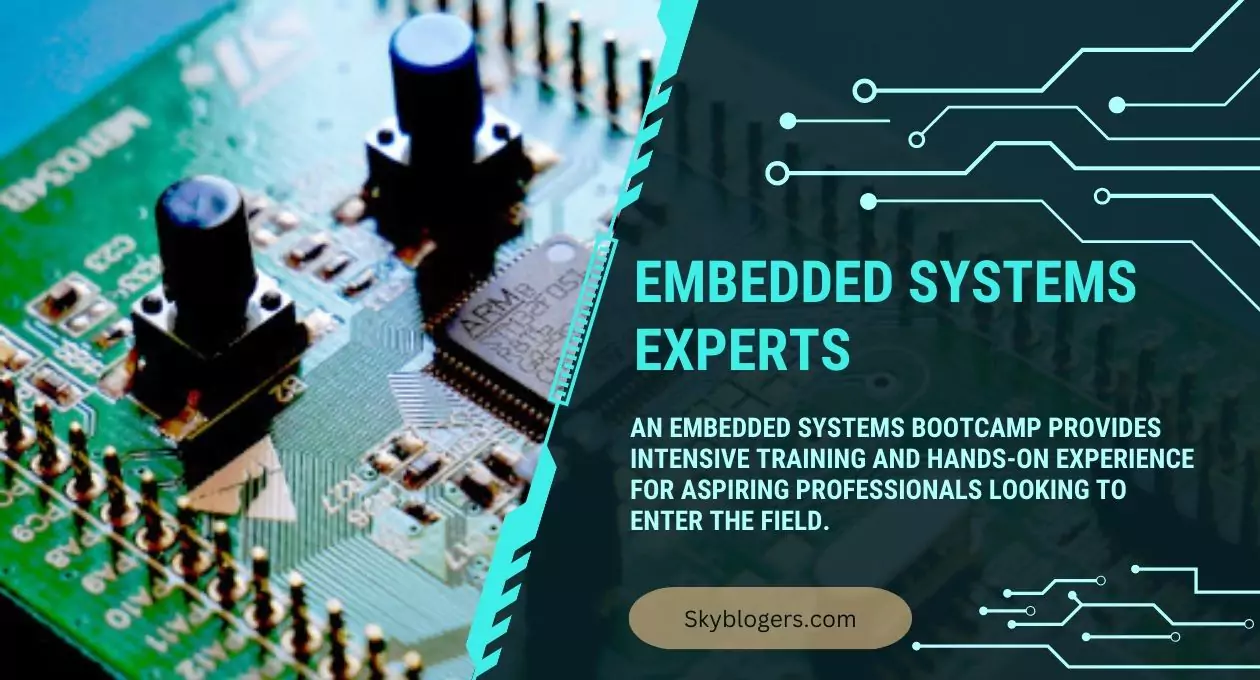
The value of such bootcamps extends beyond mere skill acquisition; they also offer a collaborative environment where learners can engage with peers and seasoned professionals. Through this network, attendees can gain insights into industry trends and best practices, which can be invaluable early in one’s career.
Moreover, these bootcamps often include real-world projects that showcase the practical application of skills, bridging the gap between theoretical knowledge and practical expertise.
Participants of embedded systems bootcamps must be prepared to immerse themselves in a rigorous learning atmosphere. The condensed nature of the program requires a significant commitment, but the rewards are manifold.
Graduates often emerge with a heightened understanding of embedded systems and an enhanced ability to innovate within the field. Such transformative experiences can make bootcamps a worthwhile investment for those serious about forging a career in embedded technology.
Attending an embedded systems bootcamp is just the beginning of an ongoing journey. The technology field evolves rapidly, and professionals must commit to lifelong learning to maintain their edge.
They must stay current with new programming paradigms, hardware advancements, and emerging industry standards. This persistent growth mindset ensures that embedded systems experts can continue to offer relevant and cutting-edge solutions in an ever-changing technology landscape.
Embedded System Magazine
Embedded system magazines serve as valuable resources for professionals seeking the latest news, trends, and insights in the field. These publications feature articles, case studies, and interviews with experts, offering valuable perspectives and knowledge for both seasoned professionals and newcomers alike.
Certifications in embedded systems engineering can significantly enhance a professional’s credentials. They validate the individual’s expertise and demonstrate a commitment to maintaining the high standards required in the industry. Renowned certifications might cover areas such as wireless communications, cybersecurity in embedded systems, and advanced microcontroller programming, providing a competitive edge in the job market.
Networking within the embedded systems community is also crucial for career progression. Professionals can connect at conferences, workshops, and through online forums to exchange ideas, forge collaborations, or discover job opportunities. Staying plugged into this network ensures that individuals are aware of the latest developments and can tap into collective expertise when tackling new challenges.
Unraveling the Secrets of which materials can be used to make fiber optic strands
Famous Embedded Systems Experts
Certain individuals stand out in the field of embedded systems, renowned for their contributions to technology and innovation. From pioneers like Jack Ganssle to industry leaders like Jean Labrosse, these experts have made lasting impacts through their work in embedded systems design and development.
Embedded systems experts often cite the Internet of Things (IoT) as the next frontier in embedded technology. The ability to integrate sensors and connectivity in everyday items transforms them into ‘smart’ devices, capable of communicating and making decisions. As the IoT space expands, the demand for skilled embedded systems professionals is likely to surge, underscoring the importance of IoT knowledge in this specialty.
Advances in artificial intelligence (AI) and machine learning (ML) are also creating new avenues for embedded systems. By embedding AI algorithms directly into hardware, devices become more autonomous and efficient. This integration poses an exciting challenge for engineers, as they must balance the computational demands of AI with the physical constraints of embedded devices.

Sustainability is becoming increasingly important in the realm of embedded systems. With a global push towards energy efficiency and reduced waste, new systems are being developed with these considerations at the core. From solar-powered sensors to efficient power management algorithms, embedded systems engineers are at the forefront of eco-friendly technological solutions.
Embedded Systems Experts Salary
The salary of embedded systems experts can vary depending on factors such as experience, education, and location. On average, professionals in this field command competitive salaries, reflecting the high demand for their specialized skills and expertise.
As the embedded systems landscape continues to evolve, salary benchmarks are influenced by emerging technologies that create new opportunities for innovation and specialization. Trends such as the proliferation of IoT devices and advancements in AI have created a market that’s hungry for expert professionals who can bridge the gap between hardware and software, driving the value of specialists upward.
In addition to technical skills, professionals who demonstrate the ability to adapt to changing environments, work collaboratively across disciplines, and embrace continuous learning are often the ones to command the highest salaries. Those who contribute to open-source projects or publish their research can also see a positive impact on their professional standing and earning potential.
Unraveling the Secrets of which materials can be used to make fiber optic strands
Embedded Systems Community
The embedded systems community is a vibrant ecosystem of professionals, researchers, and enthusiasts who collaborate and share knowledge to advance the field. Online forums, conferences, and meetups provide opportunities for networking, learning, and collaboration within the embedded systems community.
Within the competitive landscape of embedded systems, companies often seek to attract top talent by offering comprehensive benefits packages, including opportunities for ongoing education and professional development. Continuous learning is integral in this field, as technology swiftly evolves, presenting new challenges and opportunities for innovation.
Moreover, the embedded systems community frequently collaborates in hackathons and design sprints, which serve as catalysts for groundbreaking ideas and prototypes. These events act not only as breeding grounds for state-of-the-art technologies but also as hubs for networking and fostering partnerships that propel the industry forward.
Embedded Coding
Embedded coding involves writing software for embedded systems, which often have limited resources and strict performance requirements. This requires expertise in programming languages such as C and C++, as well as an understanding of hardware constraints and optimization techniques.
Embedded development also calls for a rigorous testing and verification process to ensure reliability and safety, especially in critical systems like medical devices or automotive controls. Often, these environments are real-time operating systems (RTOS) where the software must meet stringent timing constraints, and developers use a variety of tools to debug and analyze system performance.
At the intersection of hardware and software, embedded coding is as much an art as it is a science. Developers must not only understand the intricacies of their platforms but also remain nimble to leverage the full potential of the hardware, ensuring that both elements work in harmony to achieve the desired functionality and performance.
Barr Embedded C Test
The Barr Group Embedded C Test is a widely recognized assessment used to evaluate the proficiency of embedded systems developers in the C programming language. This test assesses skills in areas such as syntax, data types, memory management, and problem-solving.
Embedded systems not only function as the brain of modern devices but also as the building blocks of the Internet of Things (IoT). As the IoT landscape expands, embedded engineers are tasked with developing systems that can seamlessly communicate, analyze data, and make autonomous decisions. This level of integration emphasizes the importance of security in embedded systems, as any vulnerability could have widespread implications.
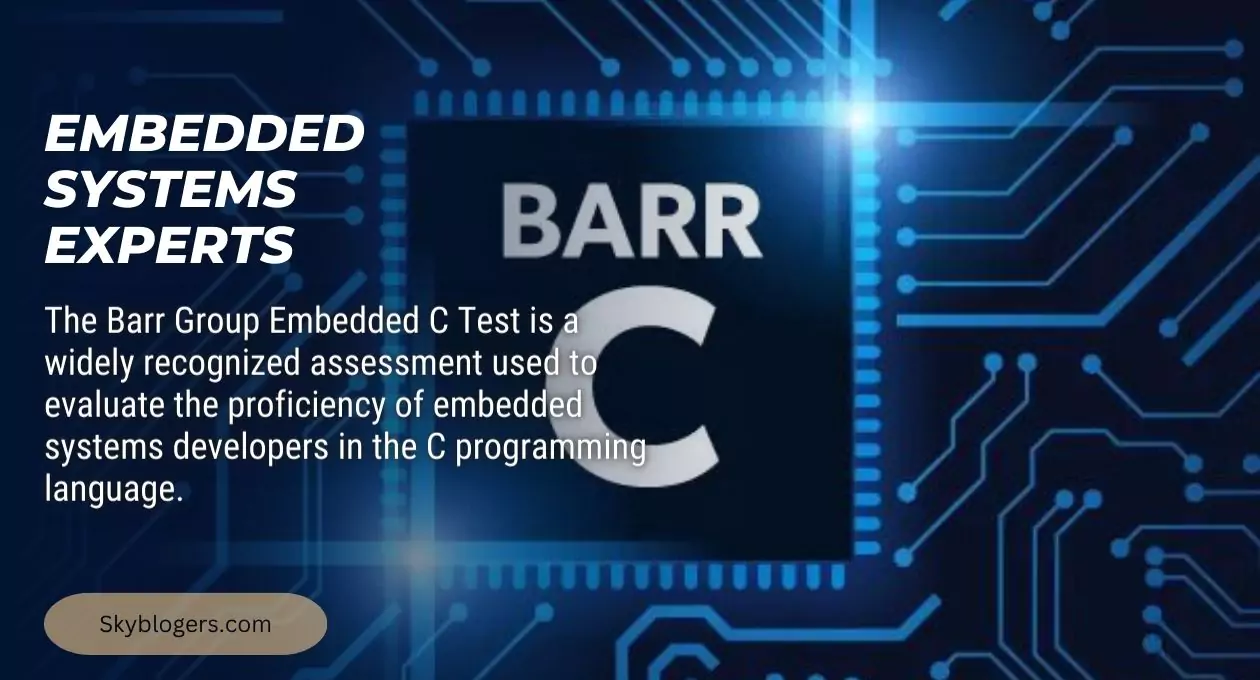
In addition to robust security measures, sustainability in embedded system design is becoming increasingly vital. Engineers are seeking innovative ways to improve energy efficiency and reduce the environmental impact of electronic devices. This shift towards eco-friendly technology reflects a broader recognition of the role that embedded systems play in achieving a sustainable future.
Unraveling the Secrets of which materials can be used to make fiber optic strands
Embedded C Standard
The Embedded C Standard, also known as MISRA C, is a set of guidelines for writing safe and reliable C code in embedded systems. These standards promote best practices and coding conventions to ensure consistency, readability, and maintainability in embedded software development.
As the world becomes ever more connected, the role of embedded systems in facilitating seamless communication across devices and platforms is critical. Engineers are regularly tasked with creating solutions that not only perform their intended functions but also integrate with larger networks for smart automation and data exchange.
In the face of such innovation, security remains a paramount concern. With embedded systems at the heart of critical infrastructure, financial services, and personal devices, safeguarding against vulnerabilities is not just a technical challenge but a societal imperative to ensure trust and stability in interconnected systems.
The Barr Group Augusta GA
The Barr Group, headquartered in Augusta, Georgia, is a leading provider of embedded systems training, consulting, and expert witness services. With a team of experienced engineers and consultants, the Barr Group serves clients across various industries, offering expertise in areas such as embedded software design, testing, and security.
Embedded systems play a pivotal role in the advent of smart cities, where technology is seamlessly integrated into urban infrastructure to enhance the quality of life for residents. Developers in this sector work on projects ranging from traffic control to energy management, all designed to operate with high reliability and efficiency. This not only improves urban living but also sets new benchmarks for smart technology in everyday life.
As autonomous technologies gain prominence, the demand for sophisticated embedded systems is surging. Engineers are at the forefront, innovating within a landscape that presents multifaceted challenges, from ensuring safety and compliance to integrating cutting-edge AI capabilities. These systems are the bedrock upon which the autonomous future is being built, one algorithm at a time.
Barr Group Reverse Engineering
Barr Group offers reverse engineering services to help clients understand and analyze existing embedded systems, firmware, and software. This involves extracting design information, identifying vulnerabilities, and providing recommendations for improvement or optimization.
Reverse engineering is a critical component in the lifecycle of embedded systems, allowing for enhancements in performance, security, and interoperability. By meticulously dissecting existing systems, engineers can pinpoint areas that require updates or refinements, providing a roadmap for the next iteration of development.
This process not only ensures that current systems remain robust but also influences the evolution of emerging technologies in the field.In a landscape where technology changes at a rapid pace, the insight gained from reverse engineering is invaluable.
It enables the preservation of legacy systems while simultaneously fostering innovation, bridging the gap between past and future. As industries continue to rely on embedded technology, the skills to analyze and adapt these complex systems will remain in high demand.
Embedded Linux Training in a Box
Embedded Linux Training in a Box is a comprehensive training program offered by various providers, covering topics such as Linux kernel development, device drivers, and system integration for embedded systems. This self-paced, hands-on training enables participants to learn at their own pace and gain practical experience in embedded Linux development.
The proliferation of embedded Linux in commercial and industrial applications signifies a shift towards open-source solutions that offer customization and flexibility. Engineers who understand the workings of the Linux kernel and can craft optimized device drivers contribute immensely to the scalability and efficiency of embedded devices.
Such expertise is becoming increasingly crucial as companies look for talented individuals who can navigate the intricacies of embedded systems within the Linux ecosystem.
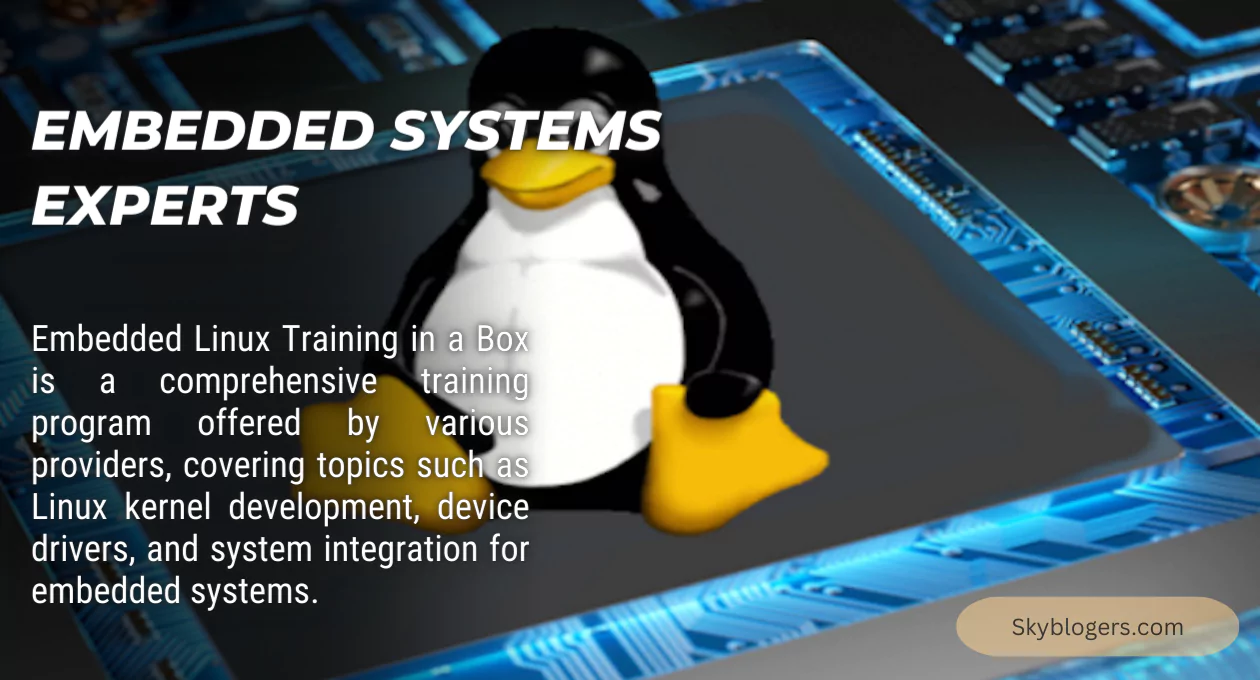
Given the complexity of modern embedded systems, the hands-on approach offered by training programs like Embedded Linux Training in a Box empowers learners to tackle real-world challenges. It is not just about learning to code; it’s about understanding system architecture, ensuring reliability, and optimizing resources, which lays the groundwork for innovation in an increasingly interconnected world.
Unraveling the Secrets of which materials can be used to make fiber optic strands
Embedded C Programming Standards
Embedded C programming standards define guidelines and best practices for writing C code in embedded systems development. These standards address issues such as portability, efficiency, and safety, helping to ensure consistency and reliability across projects.
Adherence to Embedded C programming standards is crucial in preventing software bugs and system failures, especially when it comes to embedded systems which often operate in safety-critical environments.
By establishing and following these guidelines, developers can reduce the risk of errors and enhance the overall security and dependability of their applications. These best practices are thus not merely recommendations but essential components of professional embedded systems engineering.
Embedded Systems Companies
Numerous companies specialize in embedded systems design, development, and consulting services. These companies range from small startups to multinational corporations, offering expertise in areas such as hardware design, software development, and system integration for embedded systems applications.
In the emerging realm of wearable technology, embedded systems play a crucial role. These microcomputing elements, seamlessly integrated into everyday clothing and accessories, are revolutionizing the way we monitor health, interact with our devices, and connect with the world around us.
The convergence of fashion and technology exemplifies the versatility and adaptability of embedded systems, blurring the lines between functionality and style.
Embedded Systems Facts
Embedded systems are everywhere in modern life, powering devices and systems that we often take for granted. These systems are designed to perform specific functions efficiently and reliably, often in real-time or resource-constrained environments.
Despite their ubiquity, the sophistication of embedded systems varies widely. Simpler systems might govern basic appliance functions or timing mechanisms, while more complex ones facilitate advanced machine learning applications and autonomous operations.
What unites them all is the necessity for precision engineering and a careful balance of power, performance, and space constraints. This makes the field of embedded systems both challenging and deeply rewarding for those who navigate its depths.
Embedded Software vs. Embedded System
Embedded software refers to the code that runs on embedded systems, controlling their behavior and functionality. Embedded systems, on the other hand, encompass both hardware and software components, including microcontrollers, sensors, actuators, and communication interfaces.
The distinction between embedded software and embedded systems is similar to that of a brain and a body. The software represents the intelligence that dictates actions and responses based on inputs and pre-defined logic. In contrast, an embedded system is the complete package, the physical entity that relies on both the ‘brains’ and ‘brawn’ to perform its designated tasks.
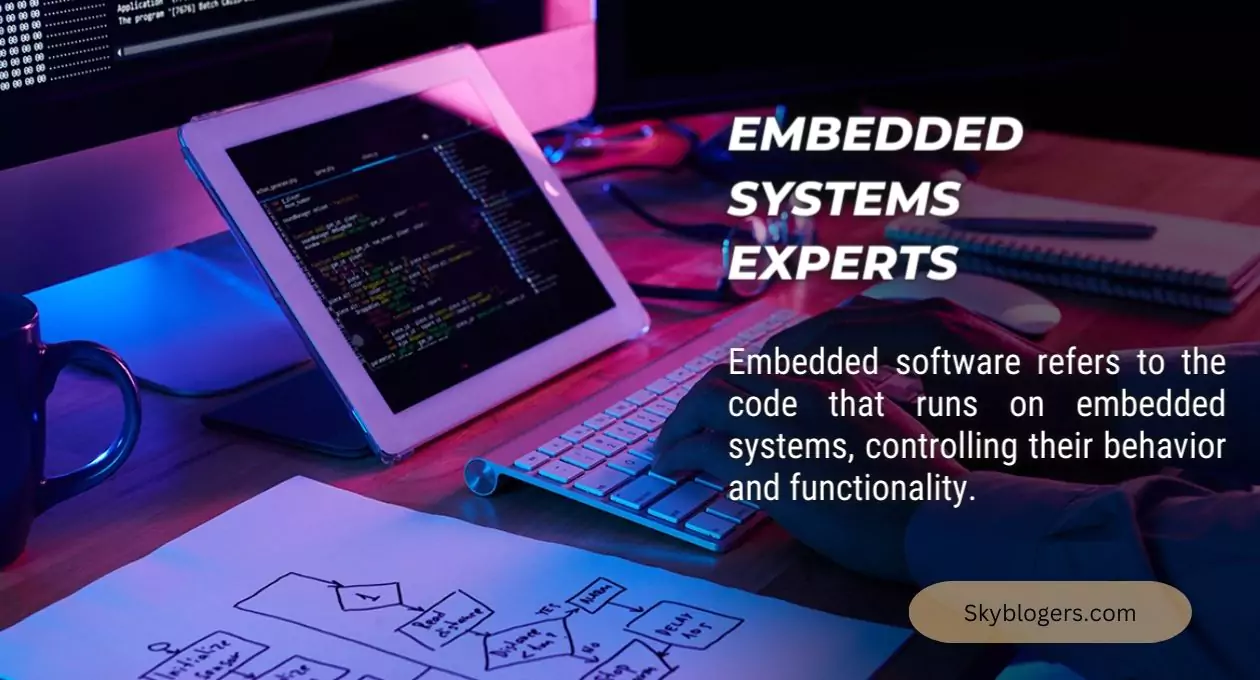
This integral relationship emphasizes the interplay between software and hardware, where system designers and programmers collaborate closely to create optimized and coherent units. As such, the development process demands a holistic approach, ensuring that the software is finely tuned to the hardware’s capabilities and limitations to achieve maximum efficiency and reliability.
Embedded Systems Code Example
An embedded systems code example might include a snippet of C code for controlling a microcontroller-based device, such as an LED display or motor controller. This code demonstrates how to initialize hardware peripherals, read sensor inputs, and respond to external events in an embedded system application.
In addition to hardware and software components, effective embedded systems require robust testing and debugging practices. Rigorous testing ensures that the system will perform as expected under various conditions, while efficient debugging allows developers to quickly identify and resolve issues. These steps are vital in maintaining the reliability of embedded systems, especially in applications where failure can result in significant consequences.
Embedded Systems in Real Life
Embedded systems play a crucial role in everyday life, from smartphones and wearable devices to household appliances and automotive systems. These systems enable automation, connectivity, and intelligence in a wide range of applications, making our lives more convenient, efficient, and secure.
As we navigate the complex and ever-evolving landscape of embedded systems, experts continue to push the boundaries of innovation, driving progress and shaping the future of technology. Their expertise, dedication, and passion for excellence are the driving forces behind the advancements that enrich our lives and propel society forward.
FAQs about Embedded Systems
What is an embedded system?
An embedded system is a dedicated computing device designed to perform specific functions within a larger system, often with real-time computing constraints.
How do embedded systems differ from traditional computers?
Unlike traditional computers with general-purpose use, embedded systems are specialized for particular tasks and are often embedded as part of a complete device including hardware and mechanical parts.
What programming languages are typically used for embedded systems?
The most common programming languages used include C, C++, and assembly language, due to their low-level control over hardware and efficient use of resources.
What are some common challenges faced by embedded systems experts?
Challenges include dealing with limited computing resources, meeting real-time performance requirements, achieving robustness and reliability, and integrating with hardware components.
Can embedded systems be connected to the internet?
Yes, many embedded systems are part of the Internet of Things (IoT) and can connect to the internet to share data and facilitate remote control and monitoring.
Are embedded systems secure?
Embedded systems pose unique security challenges and must be meticulously designed to protect against potential vulnerabilities, especially when connected to a network.
Where are embedded systems most commonly used?
Embedded systems are found in a multitude of devices, including but not limited to consumer electronics, automotive systems, medical devices, industrial machinery, and smart home gadgets.
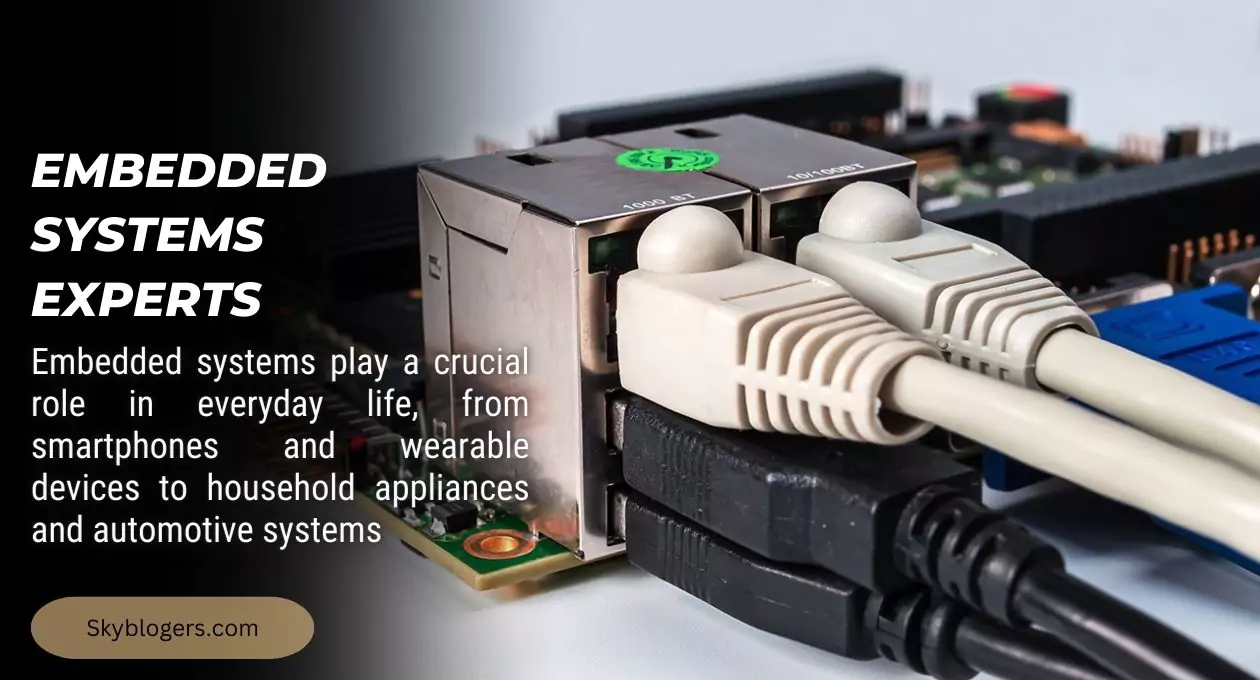
Conclusion
In summary, embedded systems are integral components of modern technology that have transformed the way we interact with the world around us. These specialized systems balance power and performance to perform dedicated functions within a vast array of devices, from the simplest household appliance to the most sophisticated industrial machinery.
The interplay between embedded software and hardware brings unique challenges and requires a synergistic development process, emphasizing the need for precision, reliability, and security in design. As technology continues to evolve, the field of embedded systems promises a future of innovation, driving advancements that will continue to enhance the quality and functionality of automated systems in every aspect of human life.
For more amazing informations keep visiting SkyBlogers.

